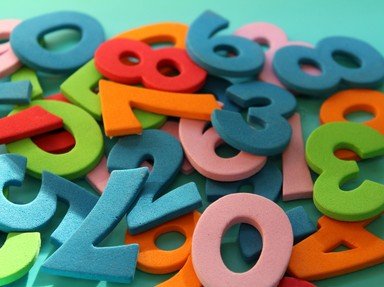Quiz Answer Key and Fun Facts
1. During the late medieval period a set of 'Nine Worthies' was assembled, heroes of myth, scripture and legend who served as paragons of virtue. Which of the following is NOT a set of three among the heroic nine, according to the traditional list?
2. Continuing with the 'Worthies' theme, which English poet, in the tradition of the 'Nine Worthies' of antiquity, selected and published his 'Nine Worthies of London'?
3. Many religions around the world have important symbols to signify major tenets of their faiths. Which of the following religions is associated with a nine-pointed star?
4. Since the discovery of Pluto in 1930 it has become a commonly accepted fact that our solar system contains nine planets. Rather than bore you with a question about one of these existing planets (and yes, I believe Pluto *is* a planet), I would like to toss in a '10th planet' question. What was the name of the hypothetical planet that some late 19th-early 20th century astronomers once believed revolved around the sun inside Mercury's orbit?
5. The Nine Muses of Greek myth are also called by a number of other epithets. Which of the following is not an alternative name for the Muses?
6. As a lover of the Muses, I am forced to indulge myself by asking a second question on the topic. Which of the following groups of three are not included among the Nine?
7. The ancient Greeks were not the only ones to honor the number nine. In the Wagnerian version of Norse myth, Gerhilde, Helmwige, Waltraute, Schwertleite, Ortlinde, Grimgerde, Rossweisse, Siegrune and Brünnhilde are members of which of the following groupings?
8. According to psychologist Lewis M. Terman of Stanford University, there are nine levels of IQ. Which of these classifications is at the lowest level of Terman's list, developed in 1916, occupying the IQ test scoring range of 0-25?
9. Which ancient Greco-Roman historian wrote of the 'Lives' of nine outstanding Greek and Roman politicians, statesmen and military men?
10. In many works of traditional historiography there are eight Crusades listed as having occurred from the 11th through the 13th centuries. These works usually omit a very significant, but extremely embarrassing 'crusade' that occurred in the year 1212, from the list. The crusade of 1212 is also known by which of the following titles?
Source: Author
thejazzkickazz
This quiz was reviewed by our editing team before going online.
Any errors found in FunTrivia content are routinely corrected through our feedback system.

